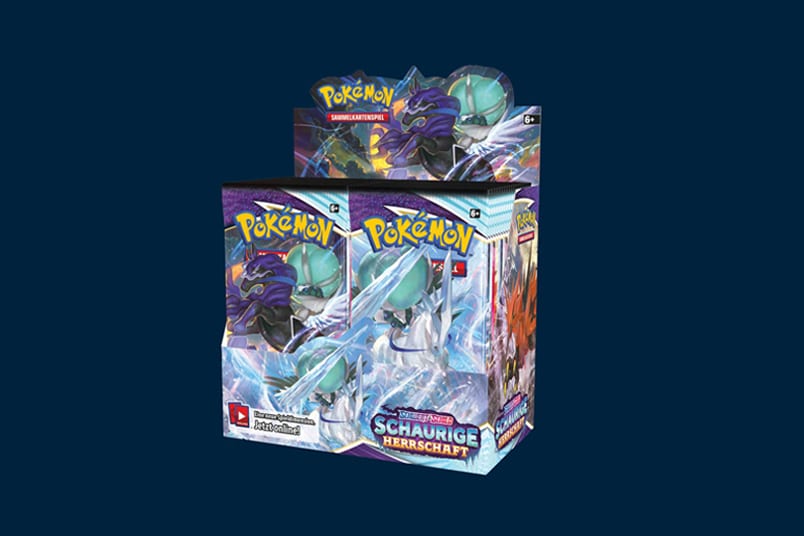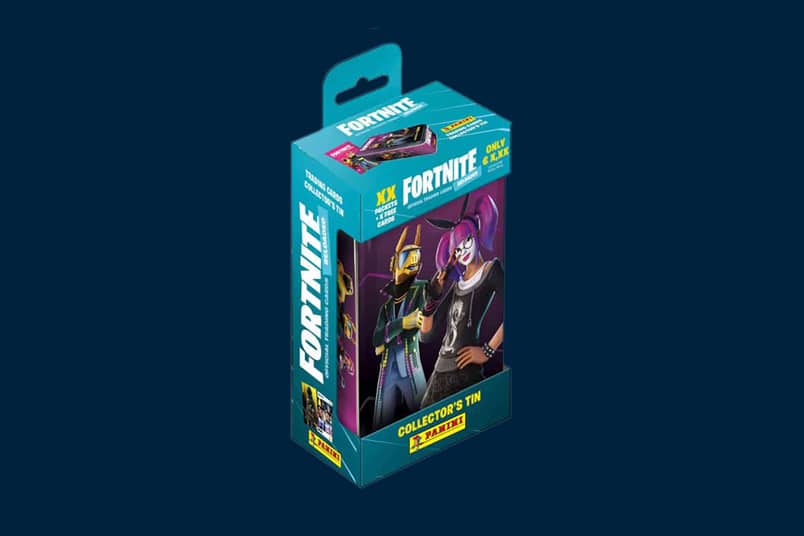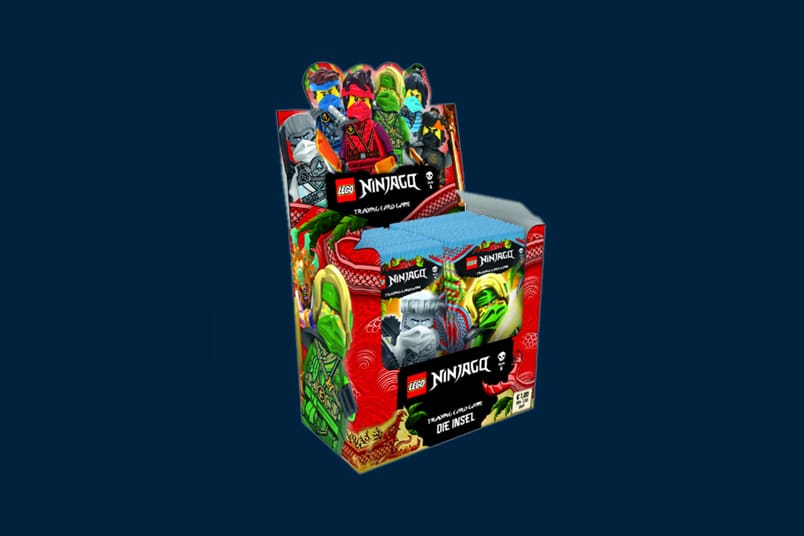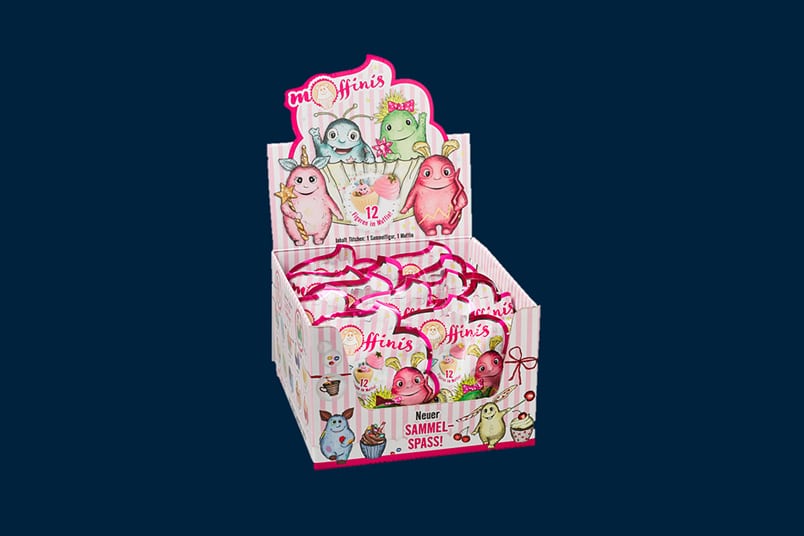What are the most important trends for “collectibles” like Panini stickers, Pokémon cards or Ninjago trading cards. What triggers the craze for them? And why do people splash out tens of thousands of Swiss francs for some cards?
The starting whistle for the UEFA EURO 2020 will be blown on 11 June, heralding the red-hot phase of Panini sticker sales. These footballer stickers have been circulating since March, for example in the Valora formats k kiosk, Press & Books and avec, where children and young people could get two million free packs of two stickers in Switzerland alone. But the past few years have shown that the really serious collecting frenzy usually breaks out shortly before the start of the finals. Or even after. Things can also reach fever pitch very quickly if the national team does well.
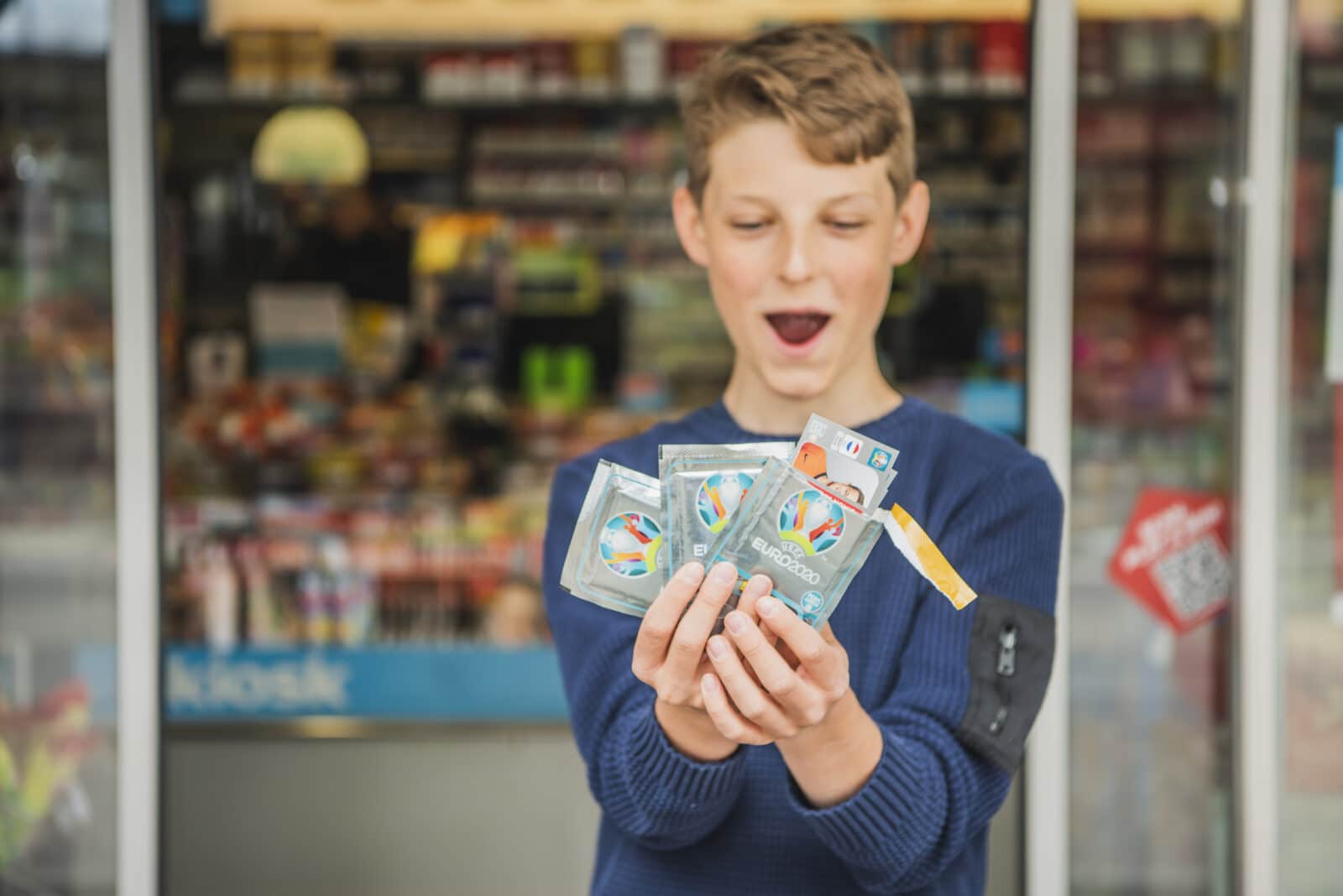
Collecting trends other than Panini football stickers
Collecting, swapping and haggling around the time of the football finals has long since become a ritual. But it’s often forgotten that collecting also takes place at other times. In spite of digital competition from games and apps, collectibles such as stickers, trading cards, figurines and accessories are more popular now than they’ve been for a long time. “The collectibles business had more or less stagnated by 2010, but sales have been steadily rising again over the past few years,” says Michel Vaucher, Category Manager Non-Food/Press/Books/Games of Chance at Valora.
For the past 20 years, the trading cards of the video game Pokémon have been a front runner among collectibles. Other bestsellers include the cards of the Fortnite game and the Lego Ninjago TV series. Other collecting trends are based on successful magazines, such as the currently very popular Disney Princess figurines.
Next collectibles craze? Difficult to predict
“Many collecting trends start around the merchandising of films, series or games,” explains Christoph Herrnberger, Team Head Category Management Press at Valora Retail Germany. But it’s still difficult to predict the next collectibles craze. Michel Vaucher says it often comes out of nowhere: “As we keep a very close eye on the market, we have a good overview and a lot of experience. Social media is also a fascinating indicator of what may be successful or not.”
The success or failure of a collectibles campaign depends on various factors, such as the time of year, as Pokémon shows. Card sales always jump sharply when school starts or during the shorter school holidays, but drop during the long summer vacation.

Supply and demand for Panini and Pokémon
Collecting trends are also driven by supply and demand. Is a Lewandowski worth as much as a Shaqiri? Or a Sommer as much as a Neuer? Personal preferences play a role here. As do skills and market values. And the availability of the cards: the scarcer, the more valuable. This is even truer for the Pokémon trading cards than for the Panini stickers: Pokémon fans are fanatics and will travel dozens of kilometres to buy out-of-print cards. Their holy grail is the Pikachu Illustrator card, of which there is supposed to be only 39 in the world. This is reflected in the price: one went at an auction for almost USD 55,000.
Other collectibles campaigns earn points with a regional flavour, such as “Hamburg collects Hamburg”, which had stickers of people and things closely connected to the Hanseatic city. Its surprising success inspired campaigns for other regions. But regionality is no guarantee of success: “For the Federal Swiss Wrestling and Alpine Festival in 2019, stickers were sold of the best wrestlers,” remembers Michel Vaucher. “This campaign didn’t meet our expectations, probably because most event goers didn’t fall into the classic collectibles target group.”
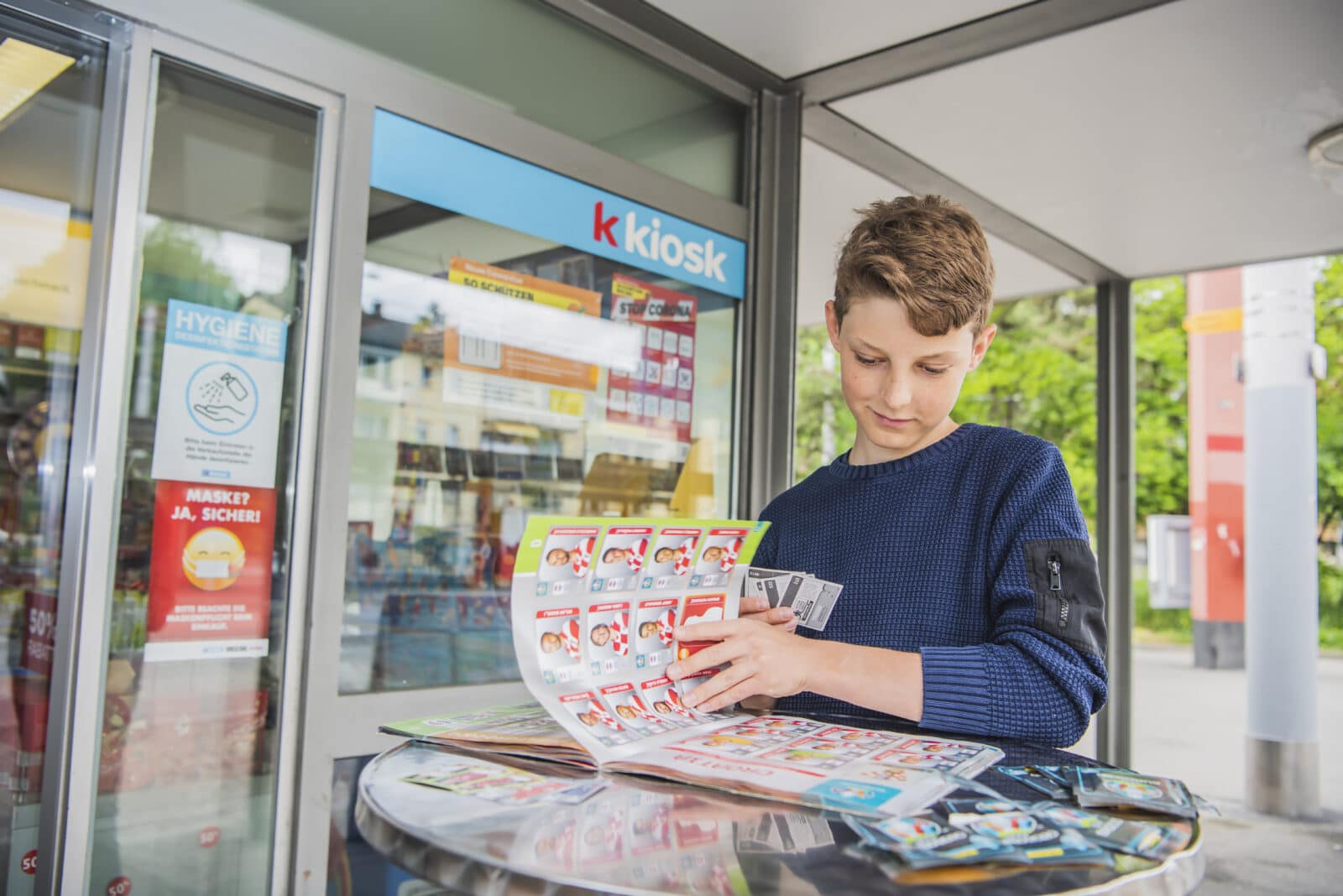
Why are we still collecting Panini stickers?
This target group is primarily children and young people, in particular sports-mad boys. Among adults, it’s almost exclusively men who like to hunt for and collect stickers and cards for popular sports such as football, basketball and Formula 1.
But whether we’re young or old, why do we still collect supposedly old-fashioned stickers and cards, and then paste them into albums or display them? Dieter Frey, Professor for Social Psychology at the University of Munich writes in an article in ‘Zeit’: “By collecting and displaying the most diverse things, people give themselves a point of reference and live out not only their passions but also their vanity and thirst for power.”
Even though collecting can be seen as a lonely hobby, it has an enormous social component. The swapping that takes place on playgrounds shows that those who collect are part of the ‘in’ crowd. Those who don’t are excluded. Frey: “Your best friends and acquaintances collect, so you also take part and become accepted by the community of collectors.” For example, the annual exchange of Japanese Yu-Gi-Oh! cards in Dortmund is attended by some 500,000 people.
Nostalgia and childhood memories
Verena Hüttl-Maack, Professor of Business Administration at the University of Hohenheim gives more reasons for collecting in an article in ‘Nordwestzeitung’: “Nostalgia and memories of one’s own childhood can also play a role. A second factor is the “Ikea effect”: people feel a table is more valuable if they put together it themselves rather than get one already assembled. Personal input makes an item more valuable.” She also identifies the play instinct and curiosity as important reasons: “It has been proven that satisfying your curiosity generates positive emotions, even if the final result is less than great. You experience a kind of rewarding effect.”
Fotos: nonophotography
Sharing made easy:
Draw the attention of friends and colleagues to this story!


